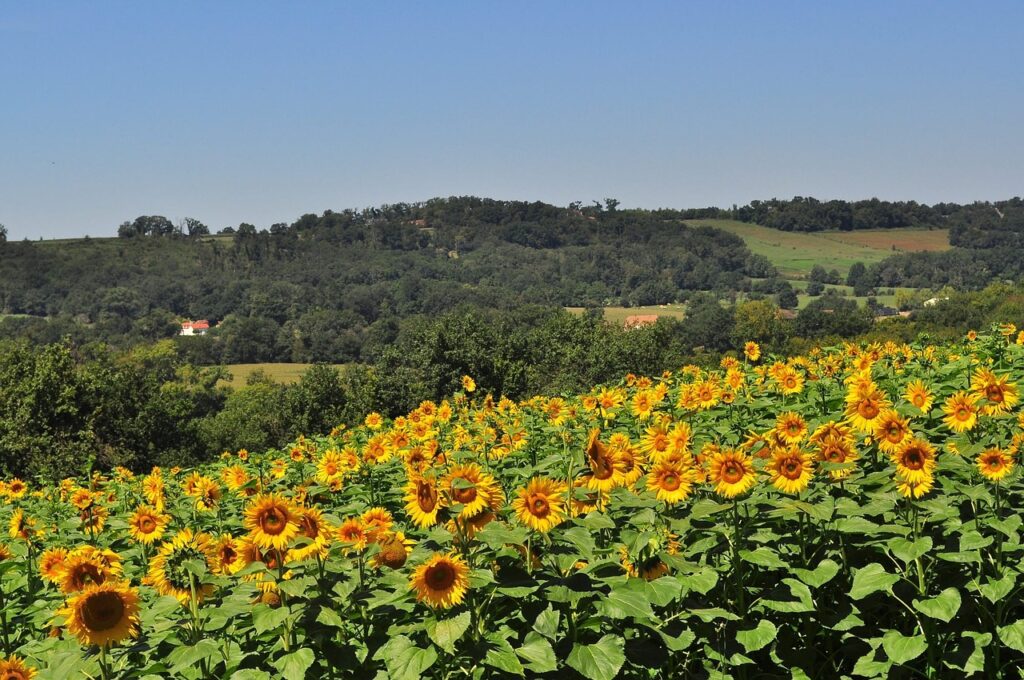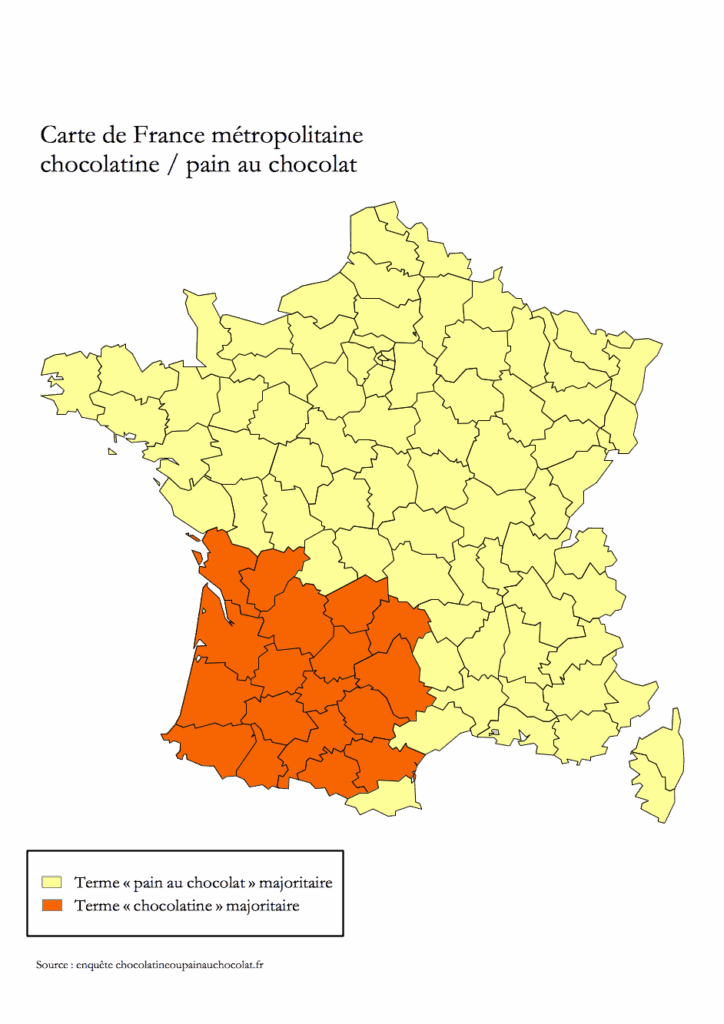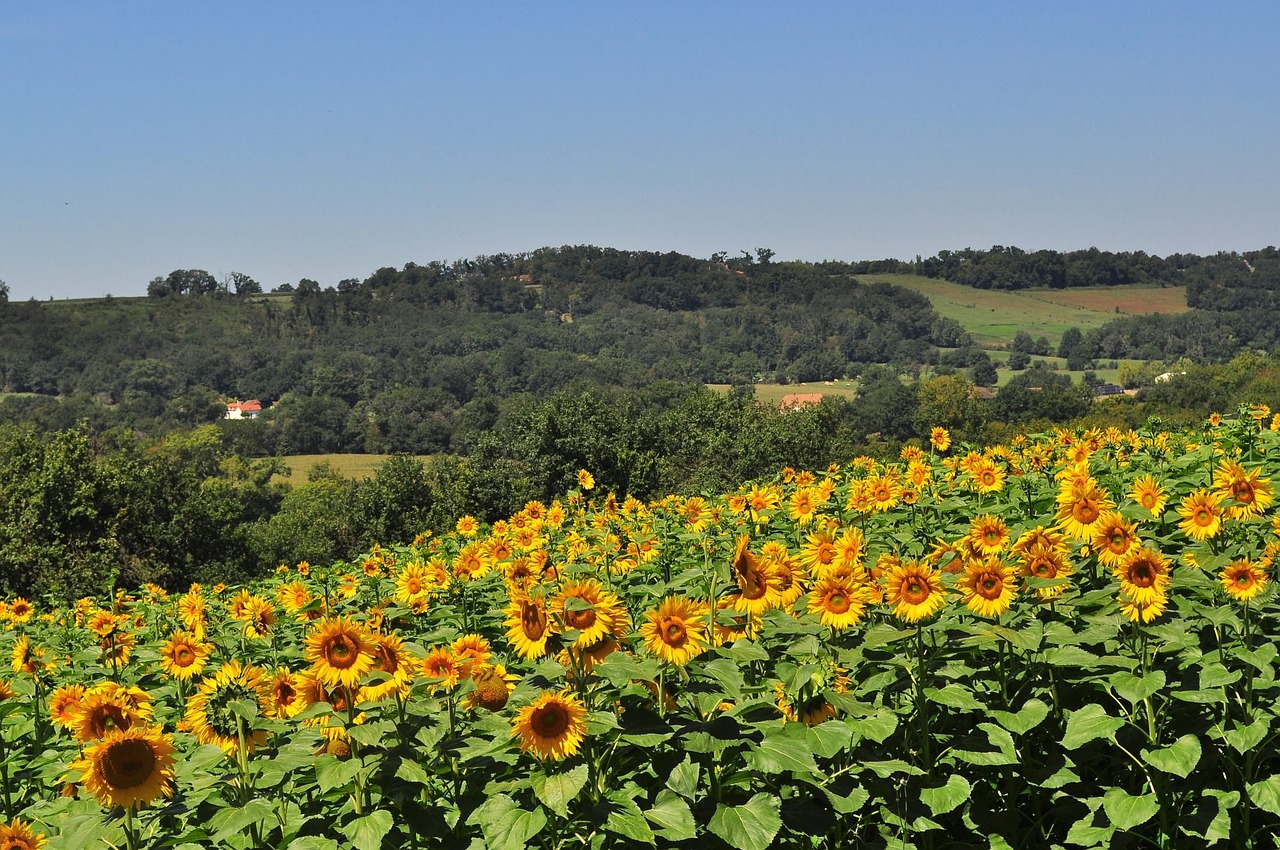Are you planning a house hunting visit to South-West France? Where do you start? What does the south west of France offer house hunters? What are the key area differences?
3-minute read
What is South-West France?

This may seem like a simple question with a basic answer. Yes, to an extent, this is true because South-West France is two French regions: Nouvelle Aquitaine and Occitanie.
Nouvelle-Aquitaine, the largest region in mainland France to the west, covers 84,036 km² and has twelve departments within it: Charente (16); Charente-Maritime (17); Corrèze (19); Creuse (23); Dordogne (24); Gironde (33); Landes (40); Lot-et-Garonne (47); Pyrénées-Atlantiques (64); Deux-Sèvres (79); Vienne (86) and Haute-Vienne (87).
Occitanie is the second largest region in mainland France covering 72,724 km² and is also known as the Pyrénées-Méditerranée region because of the close proximity of large parts of it to the Mediterranean. It has 13 departments: Ariège (09), Aude (11), Aveyron (12), Gard (30), Haute-Garonne (31), Gers (32), Hérault (34), Lot (46), Lozère (48), Hautes-Pyrénées (65), Pyrénées-Orientales (66), Tarn (81) and Tarn-et-Garonne (82).
The French state may have unified these departments under large regional boundaries, but each of these 25 departments offer diverse climatic, cultural, historic and physical landscapes across a land mass of nearly 157,000 km².
So, briefly what’s the main difference between the two regions?
In simple terms, the Atlantic Ocean and higher rainfall influence a large part of Nouvelle Aquitaine, whereas the Mediterranean Sea and drier conditions shape a large part of Occitanie.
The Pyrenees stretches from the Atlantic to the Mediterranean, forming a natural barrier with Spain, and offers an abundance of outdoor sports, from gentle activities such as wildflower and bird watching to active sports such as skiing and cycling.
What about Gascony?
Gascony is a large historic province of France, once the lands of the Duchy of Gascony. It now describes the deep historic and spiritual heart of South-West France. Think honey-stoned buildings, rolling sunflower fields – and d’Artagnan and The Three Musketeers.
Gascony covers a large area, across part of Nouvelle Aquitaine and Occitaine, and stretches from the Spanish border and the Pyrenees across from the Atlantic to the west of Toulouse. The principal towns within Gascony are Auch, Bayonne, Biarritz, Bordeaux, Pau and Tarbes.
Gascony is rich in diversity, from architecture to languages and food: from the distinctive language, food and culture of the Basque country; the beaches and forests of Les Landes (40); the rolling hills, mountains and plateaus of the Béarn (64) and the Bigorre (65), and the rurality of the Gers (32). These sometimes distinct – and subtle – differences come together in a charming and surprising immersive landscape.
Where is the real South-West France?
This is an emotive question and answer. Everyone feels that they live in the “real” South-West France. Being diplomatic – more than some – we can stake our own claim to it here as we live and work across the two furthest South-West France departments: Nouvelle Aquitaine’s Pyrénées-Atlantiques (64) and Occitanie’s Hautes- Pyrénées (65).
We are close to the Spanish border and Basque region, and these influences continue to seep across department borders, whether in terms of delicious Basque food or a preference for red house shutters.
What are the linguistic differences?
“Pain au chocolat” or “chocolatine”? This is one of the most debated cultural and linguistic battlegrounds in France. Put simply, “pain au chocolat”, learnt at school in the anglophone world, is used in most of the north and east of France but “chocolatine” is the name of choice (and proudly defended) in the southwest. The deeper into the south west you travel even more so: “Ici c’est chocolatine” (here it is chocolatine).

There are many other linguistic differences. But one other worth noting is the use of the word “poche”. American and British students of French are also taught that a bag is a “sac” but in this part of the southwest another word is more commonly used: “poche” to describe a bag for daily use such as a plastic or paper bag in a shop or one you might bring yourself to transport the items you have purchased.
Another linguistic characteristic is the use of Occitan. Words used across Occitan not only vary across the regions and departments – but even from valley-to-valley. This is a massive topic, but to get an idea of some of the other words used in South-West France, see this Wikipedia entry here: https://fr.wikipedia.org/wiki/Mots_et_expressions_du_Sud-Ouest_de_la_France
Adishatz! (hello and goodbye)
If you are embarking on exploring the southwestern part of France to find your dream location or property, and are interested in Gascony, we are well-situated for the Hautes Pyrénées (65); Pyrénées-Atlantiques (64) and western Gers/west of Auch and around Marciac (32). Our annexe is ideal for a single traveller or a couple house hunting. Please contact us for price and availability.
All text is the copyright of the author and Peyroulat.com

